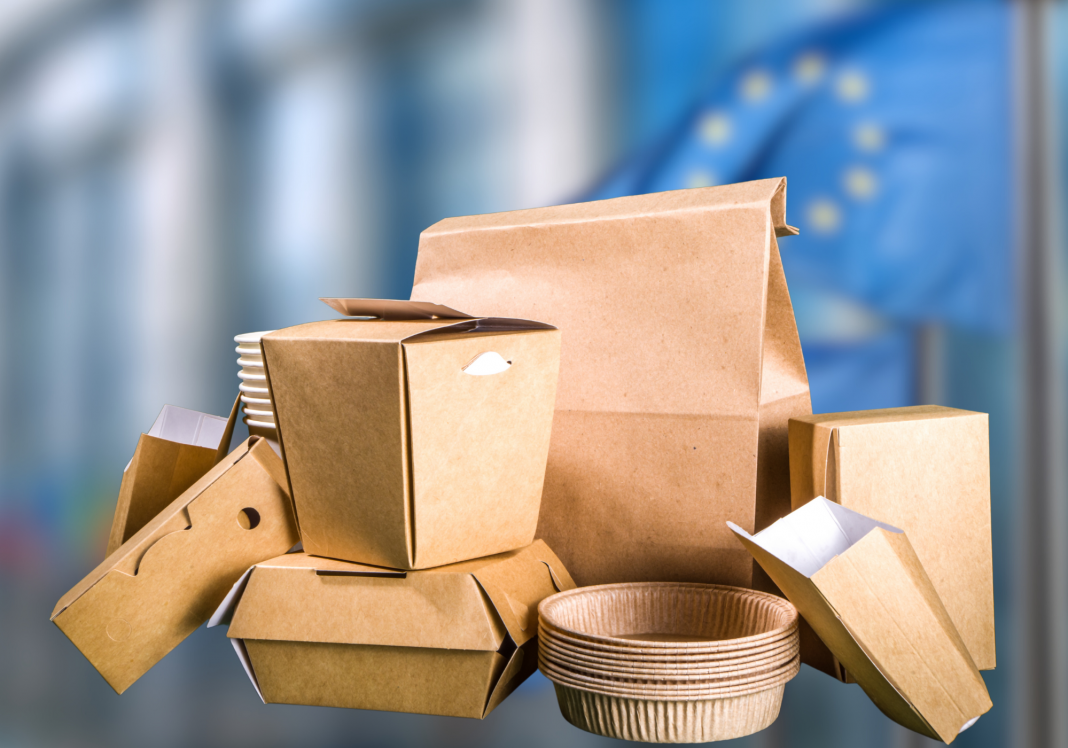Exporters have approximately 17 months to comply with the European Union’s (EU) new packaging regulations, designed to reduce packaging waste and mitigate its harmful effects on human health and the environment.
The European Union’s Regulation 2025/40, also known as the new Packaging and Packaging Waste Regulation (PPWR), came into effect on February 11, 2025. This regulation aims to boost reuse and refill systems and to make all packaging on the EU market recyclable in an economically viable manner by 2030.
According to a bulletin from the Department of Trade and Industry-Export Marketing Bureau (DTI-EMB), the PPWR will be fully enforced starting on August 12, 2026, with a phased implementation over the following 15 years.
Under this regulation, by January 1, 2030, all packaging sold in the EU must be recyclable. In addition, packaging will be required to contain a minimum percentage of recycled content, particularly for plastics.
The DTI-EMB explained that only packaging classified as recyclable under two specific grades—A (recyclability of 95% or higher) or C (recyclability of 70% or higher)—will be allowed on the market. Packaging deemed less than 70% recyclable will be considered technically non-recyclable and cannot be sold within the EU.
Reusable packaging is another key component of the regulation. It should primarily be used for transport purposes, either between different sites of the same business or between separate businesses within the same EU country. For other forms of transport packaging, including those used in e-commerce, at least 40% should be reusable by 2030, increasing to 70% by 2040.
Grouped packaging, used to bundle individual sales units, must meet reuse targets as well: at least 10% reusable packaging by 2030 and at least 25% by 2040. For alcoholic and non-alcoholic beverages (excluding milk, wine, and some spirits), at least 10% of the packaging should be reusable by 2030, with this figure rising to 40% by 2040. Notably, cardboard packaging is exempt from these reuse targets.
By August 12, 2028, packaging must be labeled with a yet-to-be-defined harmonized symbol detailing its material composition to help consumers with proper sorting. This label will use easily understandable pictograms, including those accessible for people with disabilities.
The DTI-EMB advises exporters to ensure their packaging materials meet the requirements for recyclability, reusability, and recycled content as outlined in the new regulation. Exporters should minimize packaging weight and volume, update labels to reflect material composition and recycling guidelines, and ensure that hazardous substances—such as PFAS (polyfluoroalkyl substances), lead, cadmium, mercury, and hexavalent chromium—are within permissible limits.
In addition, exporters are encouraged to collaborate closely with EU importers to explore sustainable packaging solutions and better understand compliance requirements. Maintaining thorough records to demonstrate compliance is also strongly recommended.
By January 1, 2035, packaging must be recycled at scale, meaning that the material must be widely collected and recycled across the EU. “At scale” is defined as the recycling of at least 55% of packaging material annually, or 30% in the case of wood.
From 2038 onward, packaging can only be sold in the EU if it meets higher recyclability standards (Grade A or B). Furthermore, stricter recycled content requirements for plastic packaging will come into effect by 2040, as outlined in the regulation.
This sweeping regulation marks a significant shift toward more sustainable packaging practices in the EU, and exporters will need to take action soon to ensure they meet these new standards.




